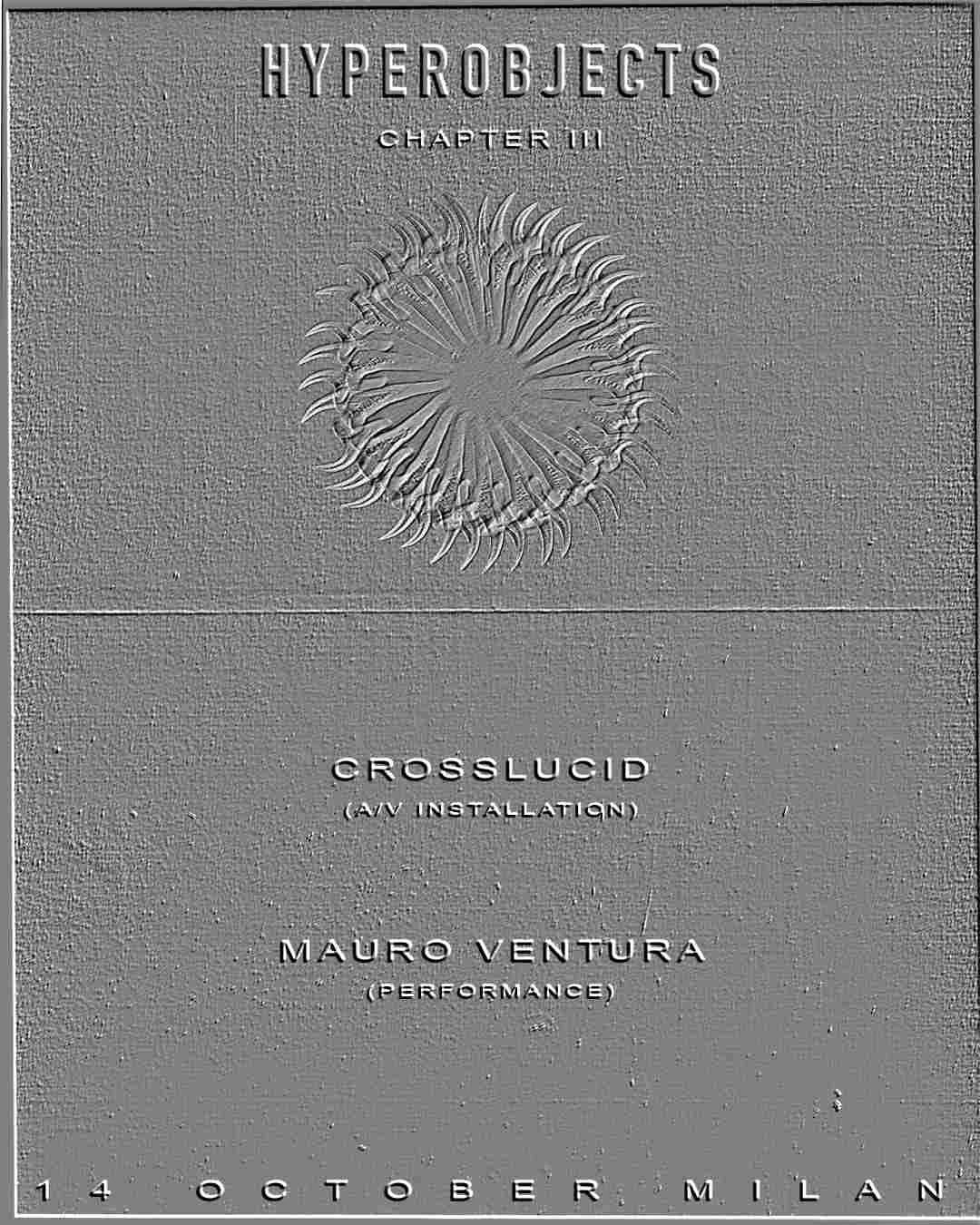
- Date
- 13 NOVEMBER 2023
- Author
- MIRA WANDERLUST
- Image by
- HYPEROBJECTS
- Categories
- Monday Spotlight
How Hyperobjects and Its Algorithms Are Creating a New Alchemy
HYPEROBJECTS are technological extensions created to reconnect humans with their non-human origins and serve as a means to visualize the invisible aspects of our world, bridging the gap between the tangible and intangible, and encapsulating the concept of the inconceivable. Hyperobjects are computer-generated simulations that utilize algorithms inspired by natural phenomena, unveiling the hidden connections within matter. By challenging the anthropocentric view of seemingly lifeless entities, they contribute to the development of an ecological consciousness. This endeavor aims to break free from the illusion of separation, forging a new culture grounded in figuration and the pursuit of radical visibility. Harnessing the power of imagination, we believe that change can be realized.
Leading this innovative project is Gaia Lazzaro, an artist and computational designer who previously contributed to Iris Van Herpen Atelier. Inspired by her studies in Biomimicry, Lazzaro embarked on this journey to establish her own venture and joined forces with visual artist Roxy Ceron. Today, Hyperobjects has become a prominent presence in Milan, driving forward its vision through collaborations with multidisciplinary artists and organizing engaging public events aimed at raising awareness about contemporary issues.
Last October, the Fattoria Vittadini, a multifaceted venue housed within the Fabbrica del Vapore in Milan, provided the setting for HYPEROBJECTS CHAPTER III: SYNCRETISM. This marked the third installment of the neophyte project HYPEROBJECTS, conceived by designer Gaia Lazzaro and inspired by the eponymous book written by philosopher Timothy Morton. Showcasing the new collection, the event was curated by the brand's creative director and visual artist, Roxy Ceron. It also featured the captivating works of esteemed international artists, namely CROSSLUCID and Mauro Ventura. Invited to explore and respond to HYPEROBJECTS' visionary concept, the artists infused their unique perspectives, aiming to unite historical and futuristic rituals as a means to heal us from the traumas and intoxication stemming from anthropocentrism.
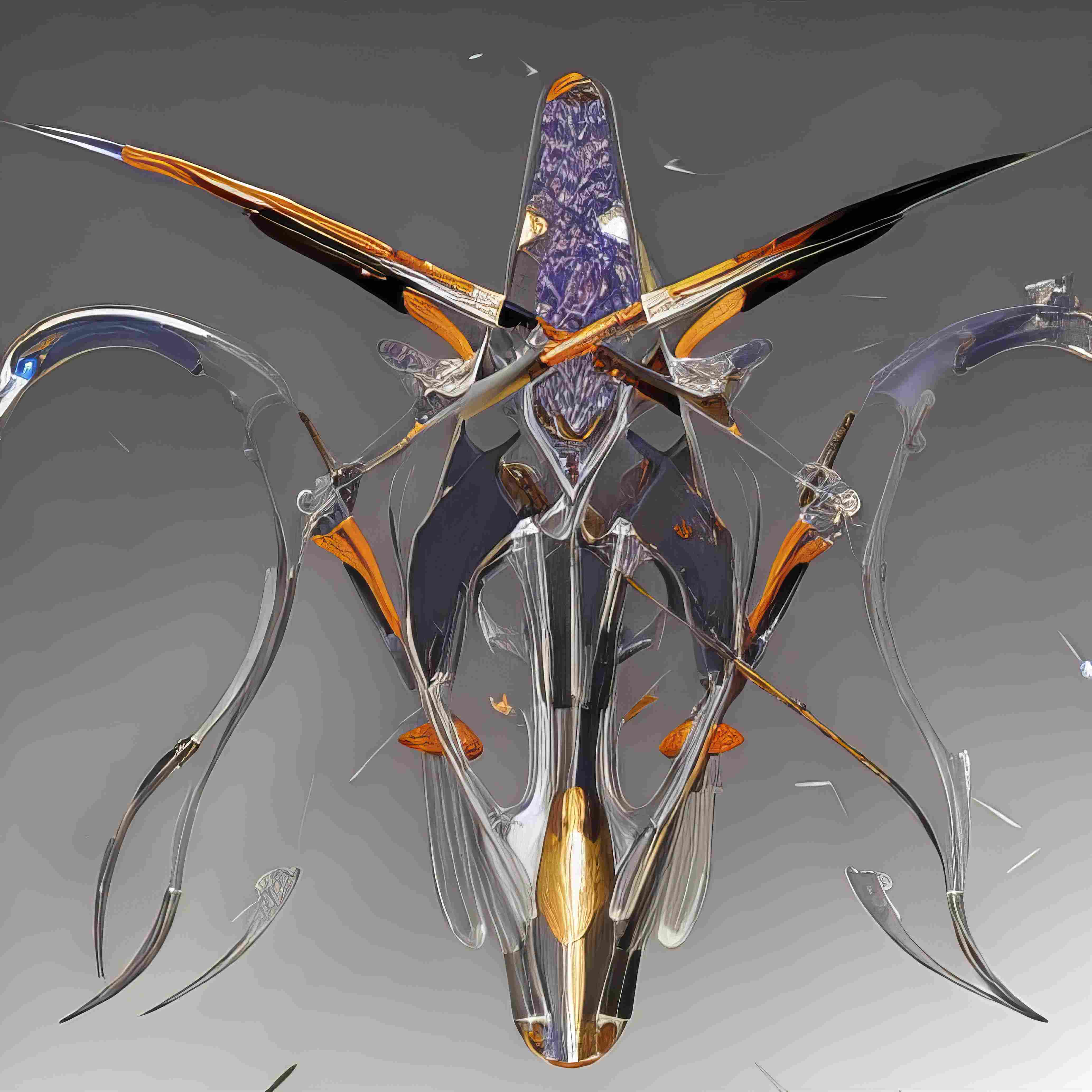
Immersed in a vision of a post-apocalyptic future characterized by constant conflict between humanity, nature, and technology, Hyperobjects embraces new perspectives and views this socio-cultural crisis as an opportunity to cultivate a society of interconnectedness. In the event, SYNCRETISM, Hyperobjects unveiled their latest creations, which were inspired by the fusion of seemingly disparate realities: Babylonian brutalist architecture and bio-inspired computationally grown objects. This unique symbiosis aims to challenge contemporary human thinking and transport us into a realm of pre-knowledge and mental reset.
Once again, Hyperobjects skillfully integrates the contrasts between the exquisite silversmith craftsmanship of Italy and the cutting-edge additive technologies of today. A core belief of the project is that humans and technology must collaborate consciously rather than engage in conflict. As part of the event, Cross Lucid, a Berlin-based artistic duo consisting of Sylwana Zybura and Tomas C. Toth, presented scenes from their ongoing project "Dwellers between the Waters." This multi-channel installation, driven by artificial intelligence, combines the realms of magic, alchemy, and artificial intelligence to explore possible solutions in response to the contemporary traumas of anthropos.
Simultaneously, artist and performer Mauro Ventura presented ADAMASTORA, created in collaboration with Francisco Antão. This immersive experience delves into the lore of water nymphs, sirens, and monsters, conveying a closed-mouth chant that entices us to delve into our abyssal selves and explore the fears and suppressed inner voices that reside within us.
Join our exclusive conversation with Gaia Gozzer x RED EYE:
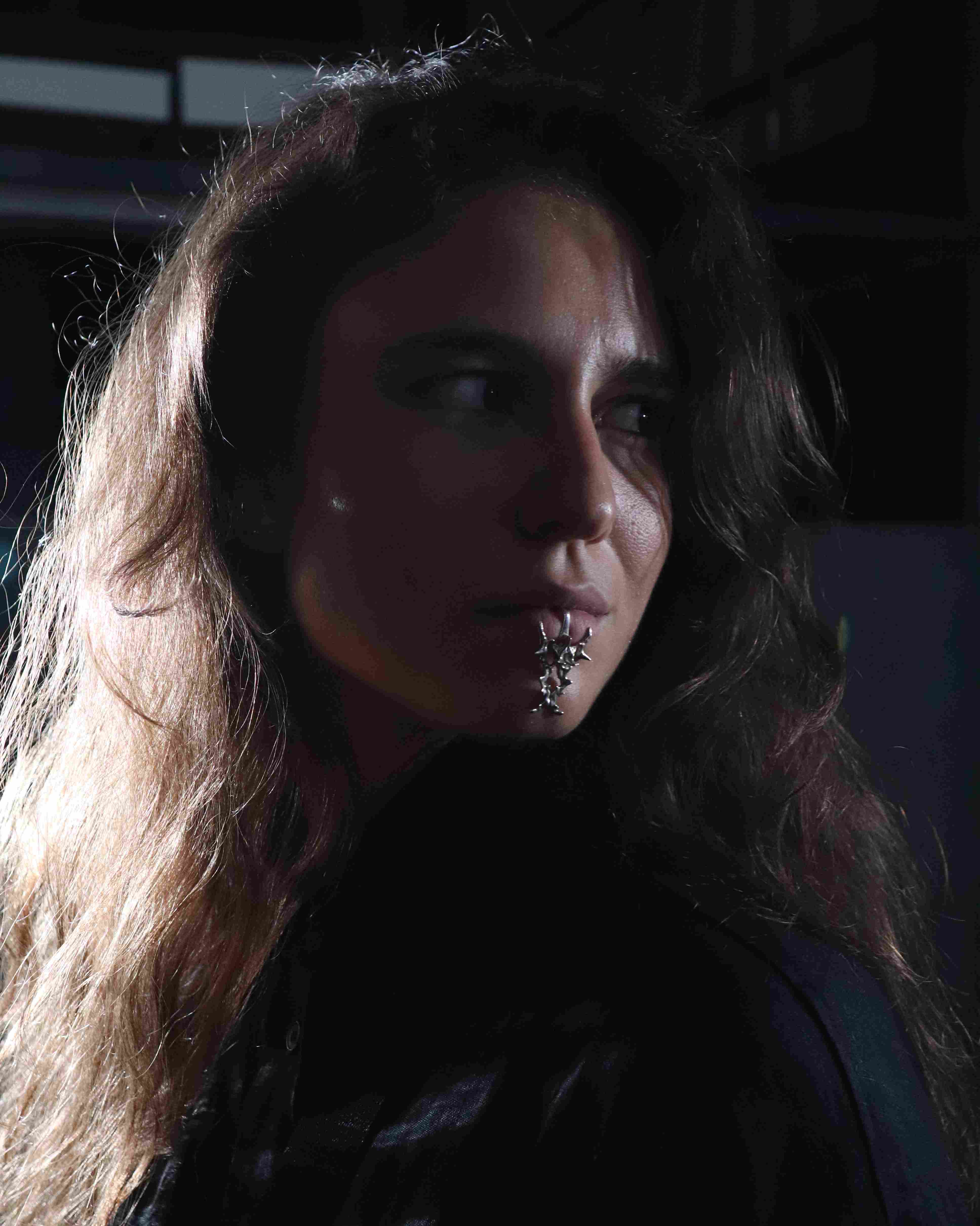
Can you tell us more about your childhood background and how this led you to be a computational designer?
Computational design to me is a tool to replicate the complex structures that our surroundings are made from. is a powerful human-machine collaboration.
In my childhood, I had the great fortune of spending a lot of time in the countryside, observing and trying to understand the appearance of things around me.
I remember questioning myself how the branches of a tree could be so similar to the veins of a river, for example. To recognize patterns and to find analogies was a mysterious and fascinating game somehow.
What was your experience like working at Iris Van Herpen Atelier? How did that influence your approach and understanding of design?
I remember that work for her was very extreme in the way that every day there was a new challenge to deal with, nothing was made in its conventional way and the work was a lot.
Fortunately, each of us there was chosen for its peculiar vision of fashion and art, and somehow things were getting there at the end of the day. You know At schools, we are usually taught that to design things you have before to know which are your capabilities and resources, secondly, you think of a possible result, over there the process was reversed.
Could you share with us what sparked your interest in Biomimicry and how it led you to launch the HYPEROBJECTS project?
The job at Iris Atelier had just ended when the epidemic exploded in Europe.
We were all confused at that time I guess, society was changing, and my sensitiveness with it. I started to question myself what was the role of the designer in a world already full of objects, from that moment I wouldn’t be able to keep producing things without a meaningful reason behind them.
It was at that point that I crossed myself with Timothy Morton's philosophy and his current way of thinking “OOO”, which stands for object-oriented ontology. Its vision is a provocation to human-centered design and suggests the idea that to understand society nowadays we have to put ourselves in relation with the world of materials. I thought that was a smart point of view and I wanted to get deeper into it.
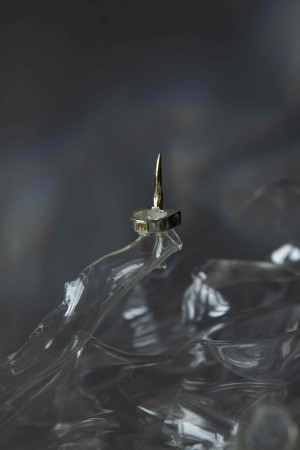
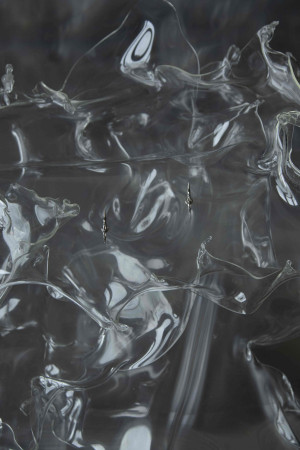
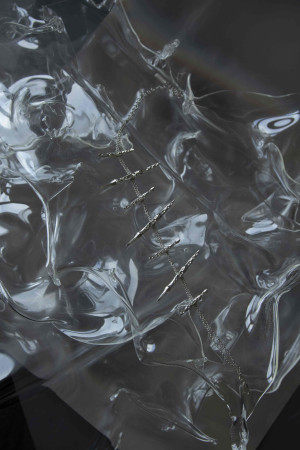
Could you describe the vision and mission of the project, along with its main objectives?
Our mission is to open new dialogues about post-anthropocentric topics with a strong sense of interdependence at its core.
Nowadays The intersection between humans and machines suggests hybrid bodies, raising questions about embodiment in our contemporary techno-culture where the lines between organic organisms and machines become indistinguishable.
Questions like “Does our body end at its skin?” or “ How is the definition of life changing?” are what we want to tickle people with.
How do you approach collaborations with other multidisciplinary artists, and what is the impact they have on your work?
Contaminating and to be contaminated is at the core of Hyperobjects, actually, this project is what it is thanks to the continuous collaboration with the visual artist Roxy Ceron, we are fused in this. My work that was mainly digital has been completely transformed and transported by Roxy's analog imaginary.
There is nothing better than changing ideas on something and growing in its vision together with other people and points of view, human or machine-made.
Each artist we collaborated with infected and changed this creature that is fast growing in a direction that is hard to control.
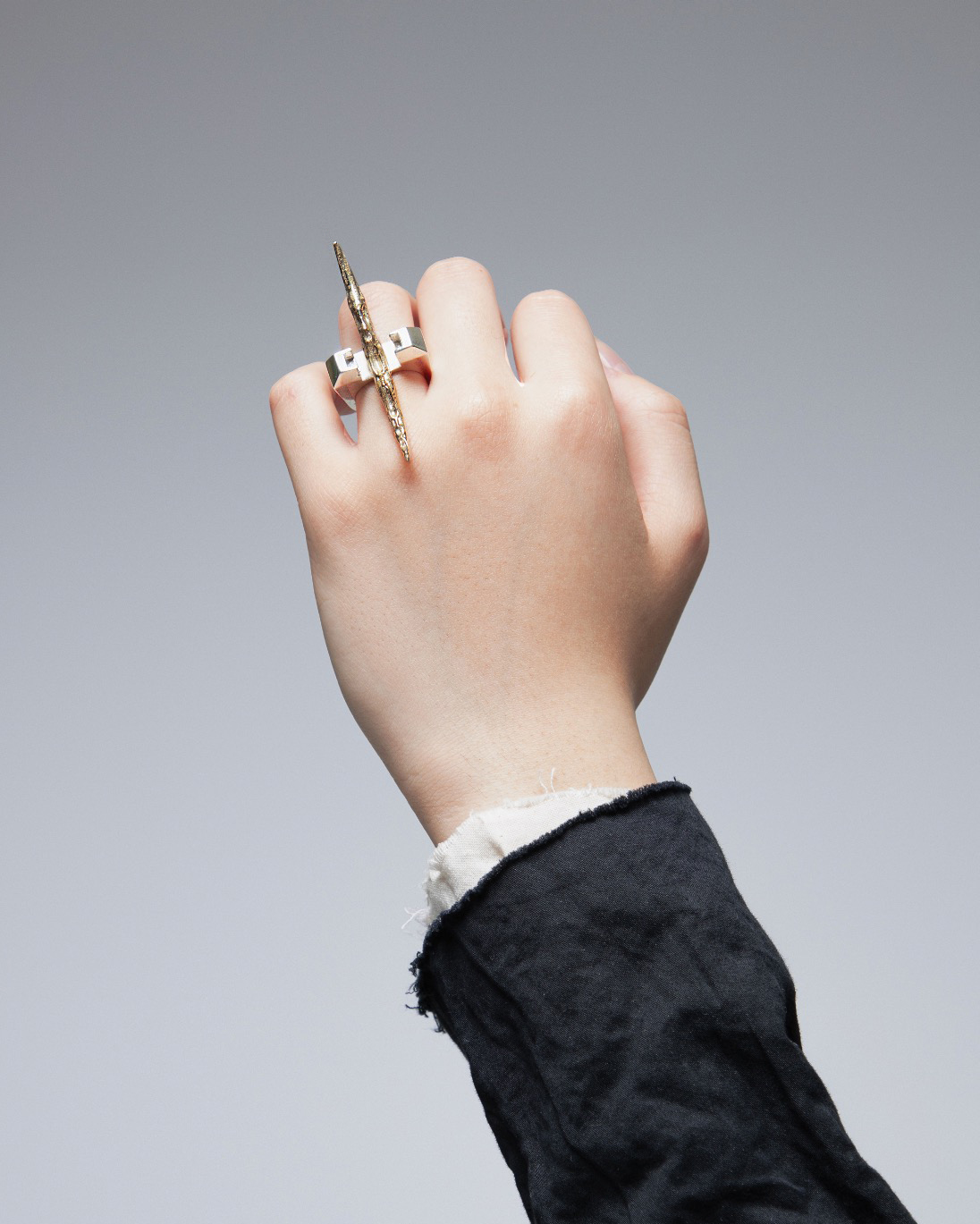
What role do public events play in spreading the vision of HYPEROBJECTS and creating awareness about post-anthropocentric topics?
Me and Roxy met by taking part in the organization of cultural events. We both come from the underground Milanese reality of Macao. It was instinctive to us to keep creating “situations'' and a physical web between us and our public. Our events are made to grow our connections between us, the artists and our public, bonding and spreading Hyperobjects's vision.
I do believe that virtual technologies are a powerful tool to connect people and we are just at the start of a virtual revolution that is changing our lives. But to build a strong community we still need to find the space and the time to meet, smell, and touch each other in the physical world . The combination of both experiences is most bounding.
As a computational designer, how do you incorporate technology and innovative techniques into your artistic practice?
Hyperobjects are computationally grown into 3D software mostly used in the architecture field, after the creatures are generated we use the 3D printed technology to bring them from the digital to the physical world.
Lastly, all the Hyperobjects are finished by Italian artisans.
Again here we have a mix of the latest technologies and a high level of craftsmanship, the best results are always made by the collaboration of humans and machines, and one must not overpower the other.
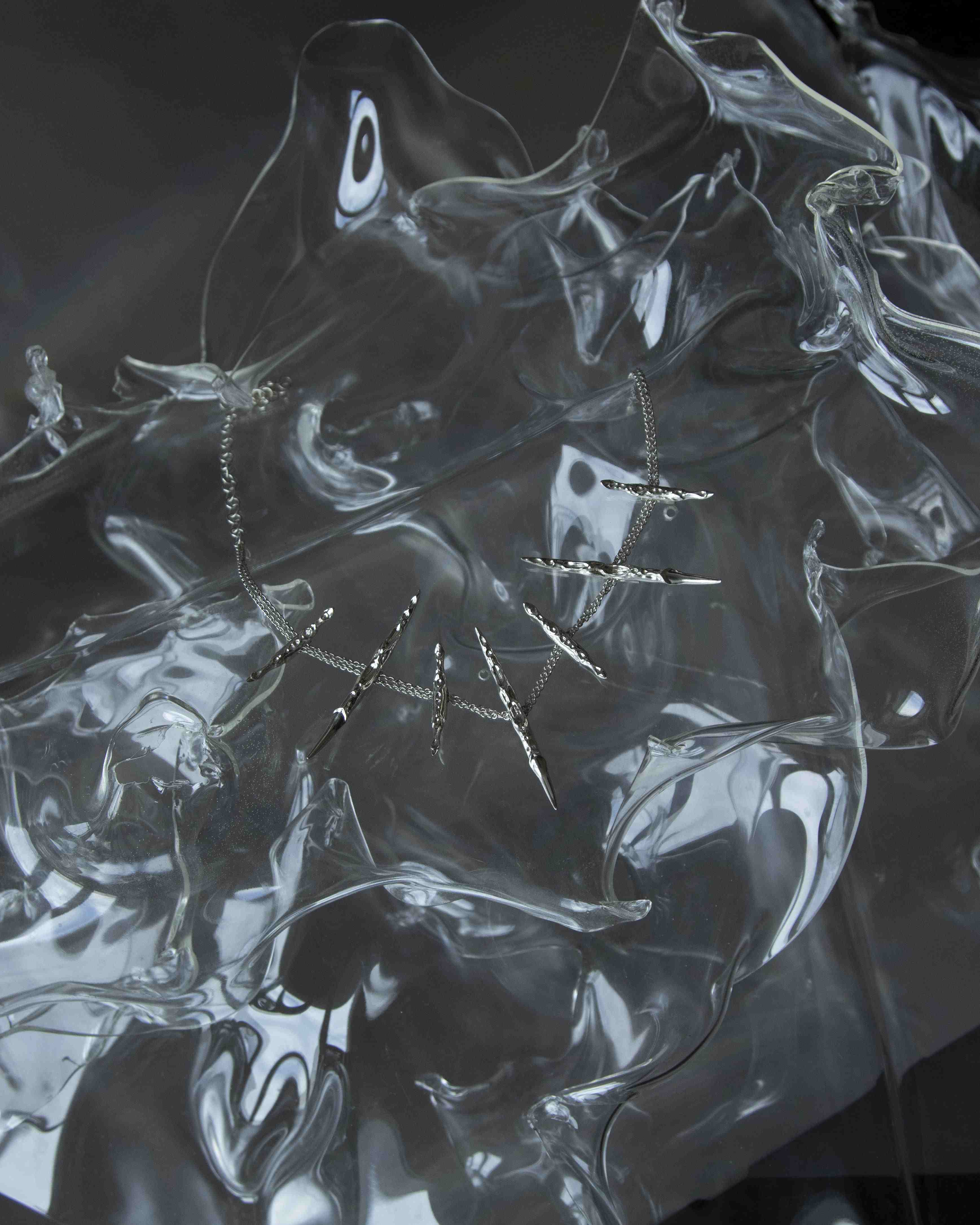
How do you see the relationship between art and technology evolving in the future? Are there any particular advancements or trends that you find particularly exciting or promising in your field?
Art makes people think, it stimulates our senses, and makes us escape from the alienating daily routine. The tech revolution we are living in can be intelligently conveyed by artists, who can give this revolution a positive imprint, educating and making people aware of these powerful new tools. From a designer's point of view, I hope that new technologies will reduce the ecological impact we have on the planet.
What challenges have you encountered while establishing and growing HYPEROBJECTS as a Milanese reality? How have you been able to overcome these challenges?
Italy in general is a country very tied to its traditions and its past, this has positive and negative sides. Our aesthetic is very futuristic and this has meant that we have opened up to markets such as the USA or Asia but we think that the message at the base of the project is almost more necessary here in Milan. We want to remain here because we see a large space for growth for us and the city.
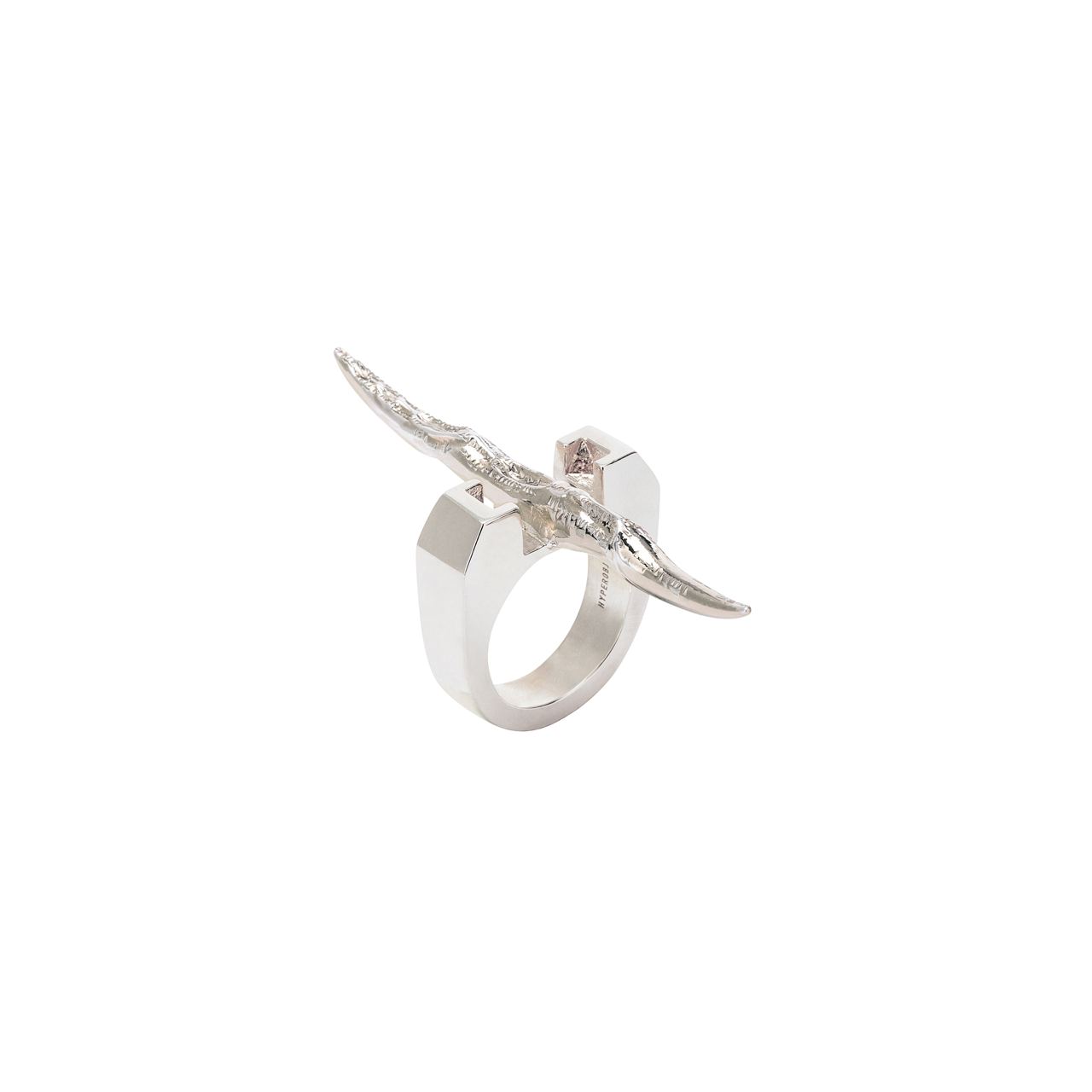
Lastly, what advice would you give to aspiring designers and artists who are looking to pursue interdisciplinary projects and explore post-anthropocentric themes in their work?
Well be aware that you will encounter a lot of challenges as you are not following a path that is already written. creativity and recklessness will be needed along the way. but don't worry, it's a route worth taking
A letter to your future self.
Well dear Gaia,
Don't forget where you come from and why you do what you do. The important things in life are often the simplest, everything else is just added value and I hope you are where you deserve with the people you love next to you.
Interview by @mirawanderlust
Images courtesy of @hyperobjects